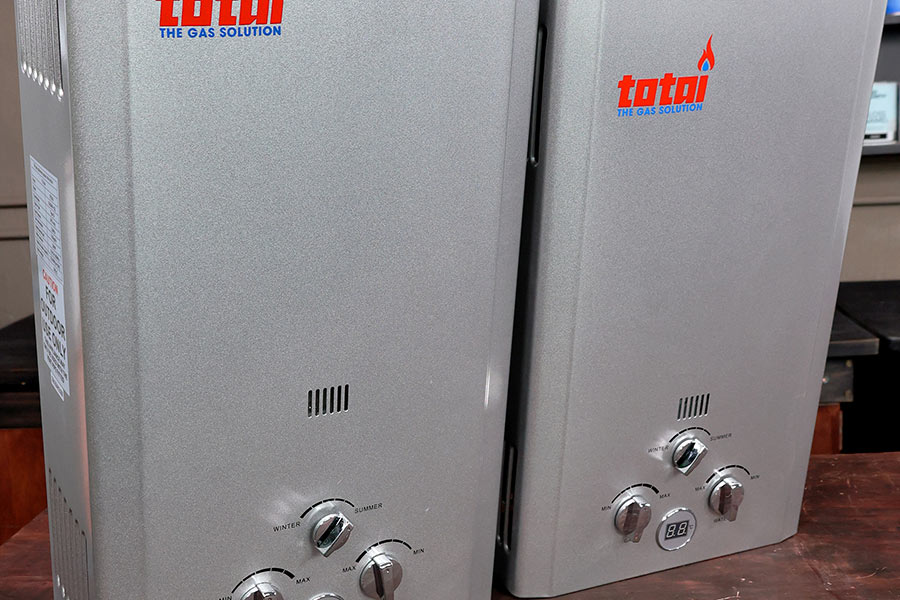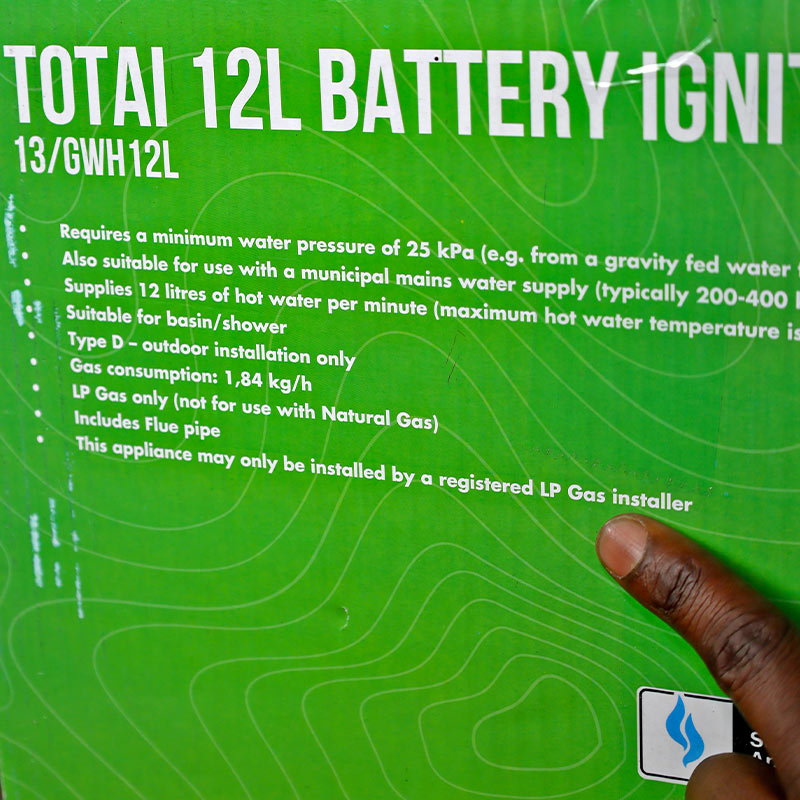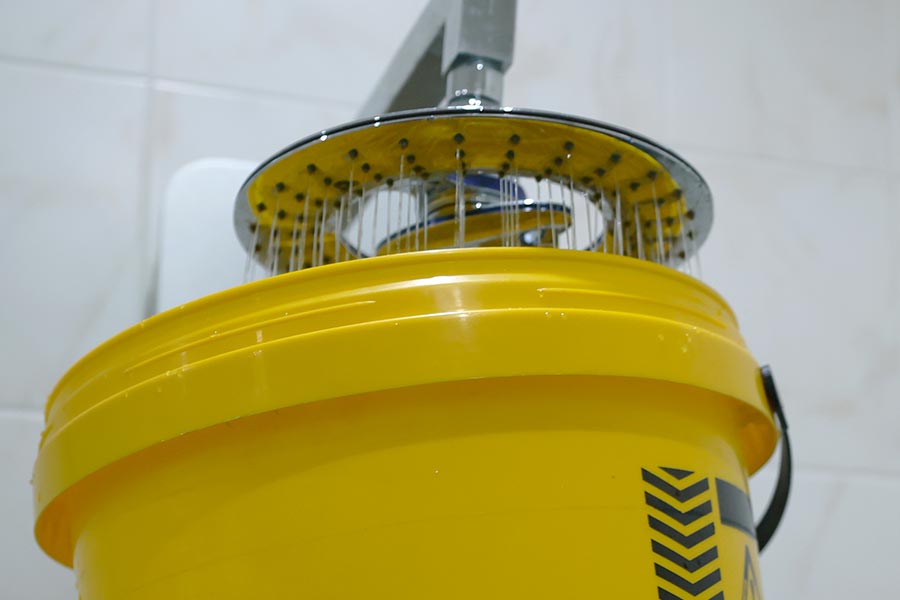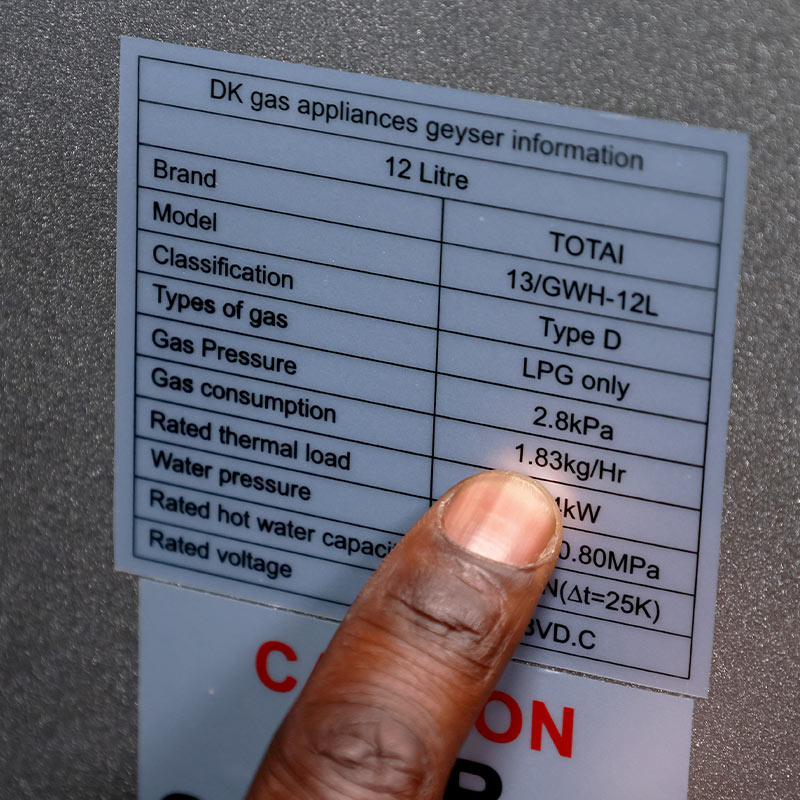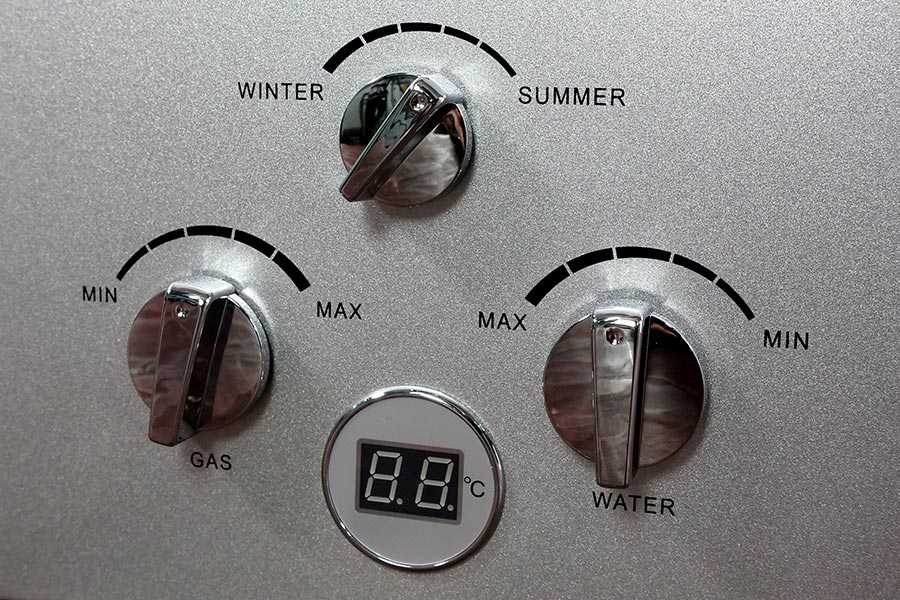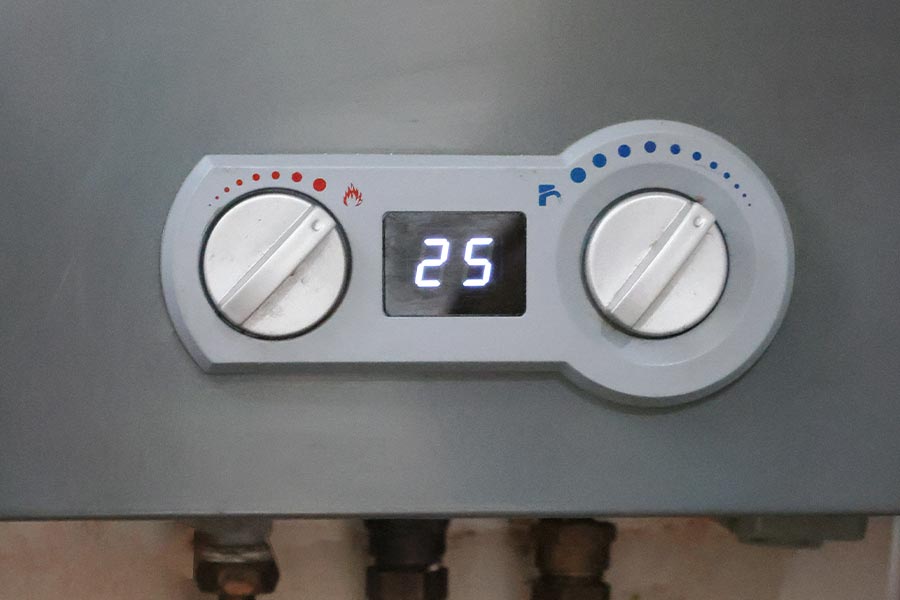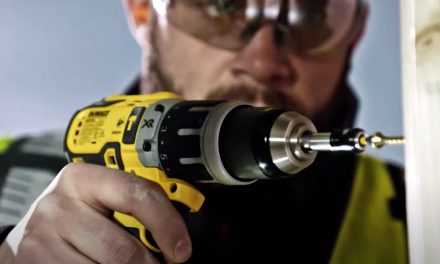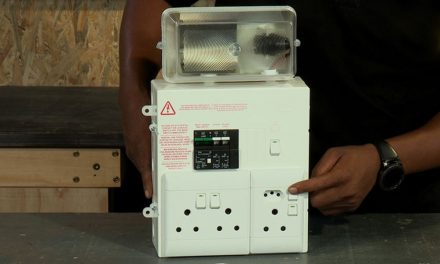Gas geysers are a highly efficient and cost-effective way to heat the water in your home. We answer your questions.
What size do I need?
Before you head down to Builders to buy a gas geyser and organise installation, you need to know what model will best suit your home and needs, because gas geysers come in different models and sizes.
One of the most important factors to consider is the flow rate of your taps, which is measured in litres per minute. This is the amount of water that comes out of your taps in one minute. Gas geysers are also rated by flow rate, so a 16 L gas geyser can heat 16 litres of water a minute.
How much do they cost to run?
Now that you have an idea of the geyser size you need, it’s time to think about the cost of running a gas geyser. Gas geysers are efficient in that they only switch on when the hot tap is opened, only heating the water that you’re using, so you only pay for the gas they use while running.
To calculate the cost of running a gas geyser, divide the total volume of the gas cylinder and by the geyser’s consumption rate. This will give you the number of hours in which you can run the geyser. Gas geysers can be costly while they’re running, but because they only run while they’re heating water, they are relatively inexpensive overall. They’re most cost-efficient for situations that need hot water for short times, like kitchen sinks, basins and showers.
One key difference between gas and electric geysers is how they handle temperature settings. Electric geysers have preset temperature controls that use a thermostat to keep water at a certain temperature, while gas geysers rely on ambient water temperature. This means that the warmer the incoming water, the hotter the output will be. Modern gas geysers often have temperature displays and various settings to help you find the right balance.
You can adjust the water temperature by manipulating the heat setting dial and flow rate. Slower flow allows for more heating time and hotter water. You want to set your geyser to make the water the temperature you want it to be when you use it – if it makes the water too hot and you need to add cold water, you’re just wasting gas and money. This is particularly important if you have mixer taps, which work best with gas geysers when on hot water only.
Gas geysers must be installed by professionals and you will need a qualified gas installer and a plumber, although some plumbers are qualified to install the gas too. Using a registered gas installer is not only important for safety, but is also a requirement for your insurance policy.
Now that you understand the basics of gas geysers and how they operate, speak to the experts at Builders to assist with choosing one that will work for you.

